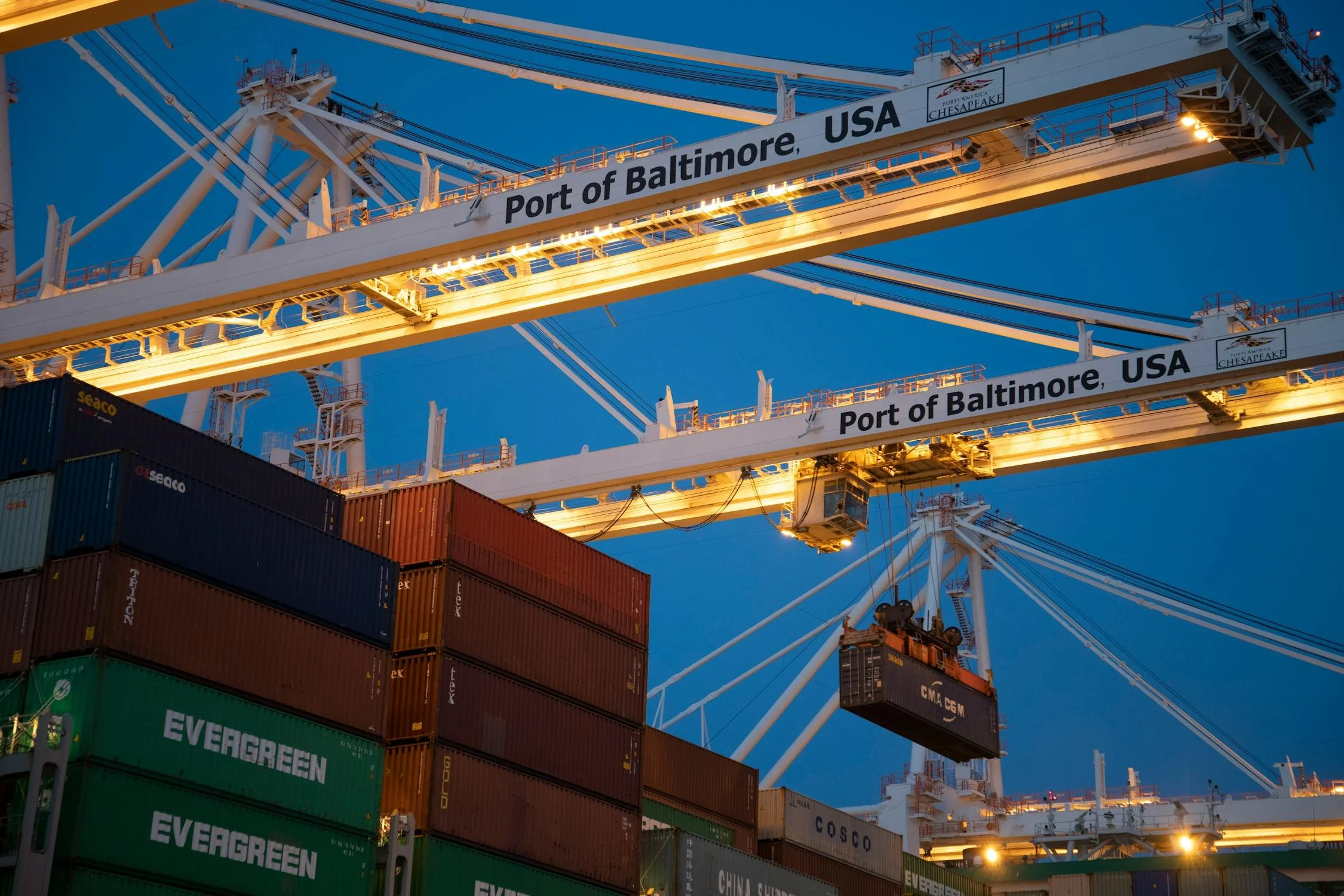Navigating Market Volatility Amid New Tariffs
Let’s discuss the recent tariff implementations by the U.S. administration, their effect on the stock market, and strategies to manage portfolios during periods of increased volatility.
It’s important to keep in mind that this is an evolving situation and the information reflected in this article may not be accurate at the time of reading. As always, our sources and dates of access can be found at the bottom of the article.
What Are Tariffs, and How Do They Affect U.S. Businesses and Consumers?
By definition, tariffs are a tax paid by companies importing goods from abroad.(1)
Businesses may pass some of the extra costs associated with tariffs onto consumers. The average household is currently anticipated to lose approximately $3,800 of purchasing power per year due to the tariff policies announced so far.(1)
Consumers may pull back on spending, and lower sales levels would likely affect company profits. In response, companies may lay off workers, further pressuring consumer spending, which currently accounts for approximately 70% of the U.S. economy.(1)
“Retaliatory Trade Measures Compound the Problems”(1)
Retaliatory tariffs can make U.S. goods sold abroad more expensive for foreign consumers, which may hurt export-reliant businesses while adding to consumer spending and layoff pressures.(1)
In response to Trump’s announcement of “reciprocal” tariffs in early April, China put a 34% tariff on U.S. products, vowing to “fight to the end.”(1)
At the time of writing, Canada put 25% tariffs on a number of U.S. goods, while the EU is readying its own 25% retaliatory tariff.(1)
This is a developing situation that can be quick to change. Stay updated with official news sources for the latest information.
Stock Market, Investor Sentiment Updates
As Wall Street raises its odds for a U.S. economy, tariffs are feared to dent growth for publicly listed companies and the broader U.S. economy.(1)
The S&P 500 Shed almost 11% in two days of trading in early April, marking the worst two-day stretch for the U.S. stock benchmark since March 12, 2020, and the fourth worst since 1950.(1)
Stocks briefly entered “bear market” territory, falling 20% from their recent peak, during trading on the following Monday, April 7, before paring some of those losses.(1)
On Tuesday, April 8, U.S. stock markets fell once again, continuing a sell-off that has seen equity markets across the world “crater since President Trump's announcement of tariffs.”(2)
On April 9, President Trump announced a 90-day pause on the new tariffs for all countries except China.(2)
Instead, all countries will be subject to a tariff rate of 10%, while China will be subject to a much higher rate of over 100%. A 25% tariff rate will remain on autos, steel and aluminum, while all other imports from Mexico and Canada that are compliant with USMCA will be exempt from tariffs.(1)
Markets welcomed the news, with the S&P 500 surging 9.5% on April 9, the third-best daily gain since 1950.(1)
The price of gold soared to above $3,000 an ounce, and in light of the uncertainty over the United States' future role on the world stage, the dollar, which is usually considered a safe haven for investors, may continue to weaken against other global currencies.(2)
Managing Portfolios During Increased Periods of Volatility
Given the new tariffs in place, we understand that some investors may be feeling nervous. However, now may not be the time to completely abandon long-term investment strategies.
History has shown us that overall time in the market, rather than trying to time yourself in and out of the market, is generally a good approach to help maximize returns.(3)
Consider focusing on remaining diversified across sectors, asset classes, and even regions. Diversification is a strategy that was employed by some investors during recent periods of market volatility.(3)
Maintaining a balance between growth- and value-style investments may be a beneficial strategy. Additionally, consider maintaining a strategic weight in U.S. investment-grade bonds, which may help offset periods of volatility in equity markets.(3)
It's important to keep in mind there are still many unknowns, including which countries and goods will ultimately be most affected and for how long.(3)
That said, if you're concerned about price increases, consider factors within your control, such as revisiting your budget, strategizing for any large purchases, and refreshing your emergency fund.(3)
Article Sources:
(1) Iacurci, Greg. “Why the stock market hates tariffs and trade wars.” CNBC, April 8, 2025, https://www.cnbc.com/2025/04/08/why-the-stock-market-hates-tariffs-and-trade-wars.html. Accessed April 8, 2025.
(2) Marx, Williem. “U.S. stock markets bounce back after Trump tariffs shock — but nerves abound.” NPR, April 8, 2025,
https://www.npr.org/2025/04/08/nx-s1-5355624/world-markets-international-trump-tariffs. Accessed April 8, 2025.
(3) Kourkafas, Angelo. “Unpacking the impact of tariffs: Stay diversified, stay invested.” Edward Jones, April 10, 2025,
https://www.edwardjones.com/us-en/market-news-insights/stock-market-news/market-pulse/unpacking-potential-impact-tariffs. Accessed April 10, 2025.

